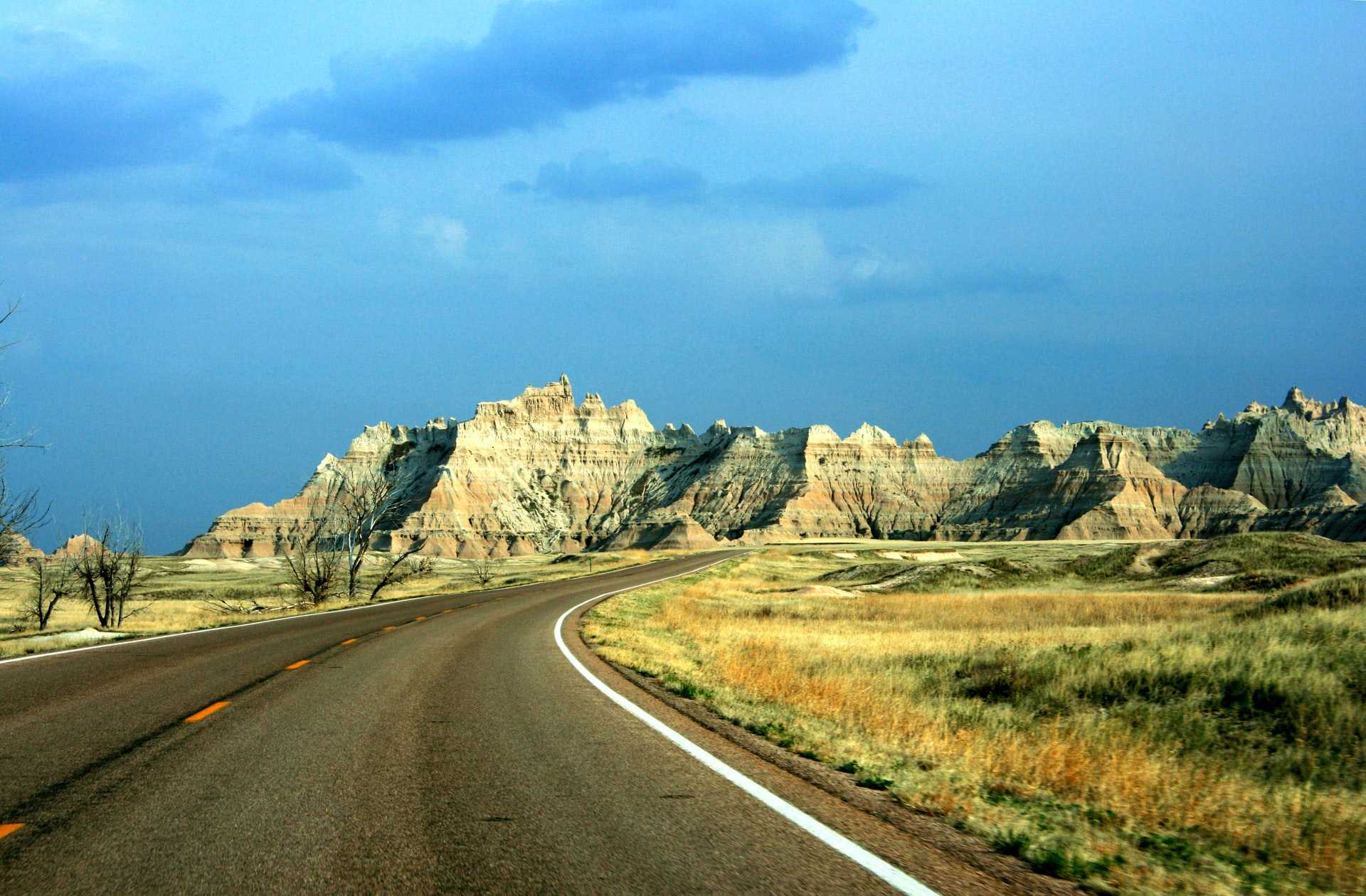Arizona Health Insurance and You
What could be more amazing than Arizona’s Grand Canyon is having access to affordable health insurance. Many Arizona residents qualify for financial assistance to get private medical insurance under Obamacare. You could even get free or low-cost health insurance in Arizona through public programs like Medicaid.
To help you better understand the Arizona health insurance market and your coverage options, you can navigate to the sections below to learn more.
ACA Marketplace Plans
The Affordable Care Act (ACA) allows individuals and families to buy health insurance through federal or state Marketplaces. These plans offer essential health benefits, free preventive care, and protection for preexisting conditions.
If you don’t have employer coverage, you may qualify for subsidies to lower your premiums. Use our ACA Subsidy Calculator to check your eligibility.
Starting this year, the Centers for Medicare & Medicaid Services (CMS) is requiring income verification to confirm eligibility for premium subsidies. As part of this effort, CMS will reduce the ACA subsidies by $5 per month for individuals who are automatically re-enrolled in fully subsidized plans without verified eligibility.
Looking For Affordable Health Plans?
Explore ACA or Short-Term Health Insurance Plans
Medicaid
Arizona has expanded its Medicaid program, which offers free or low-cost health insurance to those who qualify.
Check this resource to see if you qualify in terms of income and if you’re among the following eligible people:
- Parents and caretaker relatives of children
- Children
- Former foster care youths up to age 26 (regardless of income)
- Pregnant women
- Non-citizens with medical emergencies
- Elderly (65 and older) and disabled adults who don’t currently receive Social Security Income (SSI)
Student Health Insurance
College students in any state have multiple health insurance options, including staying on a parent’s plan until age 26, enrolling in a school-sponsored plan, or applying for coverage through the ACA Marketplace. Depending on your income and location, you may also qualify for Medicaid, CHIP, or low-cost catastrophic or short-term plans—making Arizona student health insurance accessible and flexible for a wide range of needs.
Arizona Children’s Health Insurance Program (CHIP)
The CHIP (Children’s Health Insurance Program) in Arizona, known as KidsCare, provides affordable health insurance to children in low-income families who do not qualify for Medicaid. It covers essential services such as doctor visits, immunizations, prescriptions, and dental care. KidsCare aims to ensure that children receive the necessary medical attention to stay healthy and thrive, offering peace of mind to parents regarding their children’s healthcare needs.
Short-Term Health Insurance
Unlike Obamacare plans, short-term medical plans are not regulated by the ACA. They don’t provide comprehensive health insurance and can deny you coverage based on a preexisting condition. However, short-term health insurance may be ideal for situations where you’re temporarily uninsured, such as losing coverage from a former job or waiting for coverage to begin at a new job.
Medicare
Medicare plans are available to residents age 65+ and younger individuals with qualifying disabilities. Plan options include:
- Note: Medicare Advantage (Part C) is not offered in Alaska
- Medicare Advantage is an alternative to Original Medicare offered by private insurers to those enrolled in Parts A and B. These plans often include extra benefits and cost protections but typically require using a specific network of providers.
- Prescription Drug Plans (Part D)
- Medicare Part D provides prescription drug coverage for anyone with Medicare, helping pay for medications and many vaccines. Offered by private insurers, these plans vary in cost and coverage and can be joined during specific enrollment periods.
- Medicare Supplement (Medigap)
- Medicare Supplement plans, or Medigap policies, help cover the out-of-pocket costs that Medicare Part A and Part B don’t pay. Since Original Medicare (Parts A and B) lacks an out-of-pocket maximum, these plans can limit your expenses for medical services.
Enrollment Periods in Alaska
Open Enrollment for 2026 Coverage:
November 1, 2025 – January 15, 2025
During this window, all eligible residents can apply for, renew, or change their marketplace health plans.
Special Enrollment Period:
Available year-round for those experiencing qualifying life events such as:
- Job loss
- Marriage or divorce
- Birth/adoption of a child
- Relocation
- Change in income
You typically have 60 days from the event to enroll.
Next Steps
Whether you’re applying for coverage for yourself or a family of four, make sure to review all your options. Examine what makes sense for your needs and budget.
Resources
- Health Insurance Marketplace (healthcare.gov)
Click here to apply for coverage, compare plans, and enroll. For questions, call 1-800-318-2596 (TTY: 1-855-889-4325). - Cover Arizona
Click here to find a local navigator or certified application counselor to help you get health benefits coverage. - Understanding Health Insurance
Click here for resources to better understand health insurance and the marketplace.





